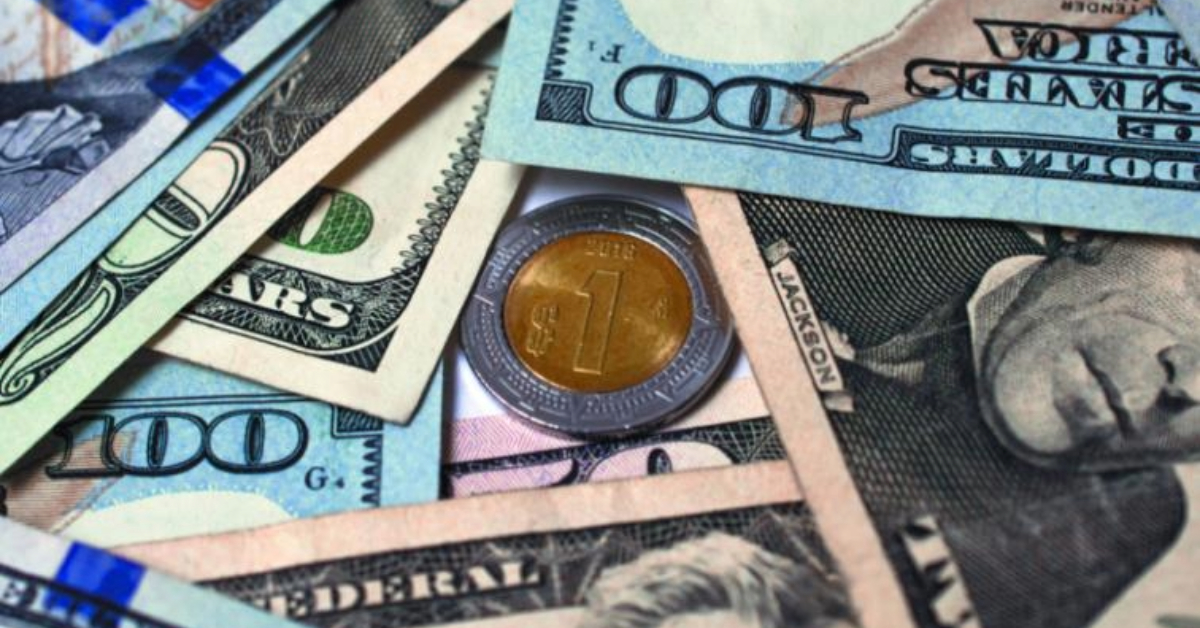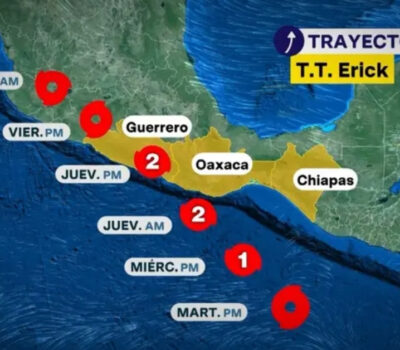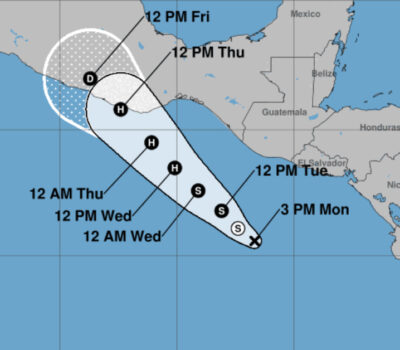Puerto Vallarta, Mexico — The Mexican peso fell 0.69% against the U.S. dollar on Tuesday, trading at 20.4710 per dollar, following a volatile period marked by the imposition and subsequent suspension of tariffs by the United States. The peso’s dip comes after Monday’s recovery, when it gained 1.7% in overseas trading after reaching its weakest level in nearly three years.
The currency’s movement reflects an adjustment of positions after the initial shock over Washington’s surprise announcement on Saturday to impose 25% tariffs on imports from its North American neighbors and 10% on goods from China. On Monday, U.S., Mexican, and Canadian officials reached an agreement to postpone the tariffs for one month, offering temporary relief to North American markets. However, the tariffs on Chinese imports remain in place.
Financial markets in Mexico were closed on Monday due to a national holiday, amplifying the peso’s volatility as trading resumed on Tuesday.
Market Focus Shifts to Economic Events
With the immediate threat of tariffs on hold, investor attention in Mexico is turning toward key economic events scheduled for this week. On Thursday, the Bank of Mexico is set to announce its first monetary policy decision of the year. Analysts anticipate that the central bank will maintain its current interest rates amid concerns about inflation and market stability.
Adding to the market’s anticipation is the upcoming release of Mexico’s January inflation report on Friday. The data is expected to offer insights into price trends and inform future monetary decisions.
Meanwhile, in the United States, investors are closely watching Friday’s release of non-farm payrolls and the unemployment rate. The employment report will provide crucial signals about the U.S. economy’s strength and could influence Federal Reserve policy decisions in the months ahead.
Global Economic Concerns Persist
The suspension of tariffs on North American imports provided some relief to trade-dependent sectors in Mexico. However, analysts warn that the ongoing tariffs against China, combined with global economic uncertainty, may continue to weigh on emerging market currencies, including the peso.
“While the immediate tariff threat has been averted, markets are still on edge about the potential long-term implications of trade tensions,” said María González, a financial analyst at a leading brokerage firm in Mexico City.
Mexico’s strong trade ties with the U.S. make it particularly sensitive to changes in American trade policy. The peso’s movement often serves as a barometer for investor sentiment regarding Mexico’s economic stability.
As markets digest the latest developments, analysts emphasize the need for continued vigilance in both local and international markets.
Looking Ahead
The next few days will be critical for the peso as investors evaluate the central bank’s policy stance and the inflation report. Additionally, any further developments on U.S. trade policy could impact the peso’s trajectory.
With heightened market sensitivity and global economic concerns, the peso’s performance will remain a key indicator of Mexico’s economic health in the weeks to come.
Puerto Vallarta, Mexico — The Mexican peso fell 0.69% against the U.S. dollar on Tuesday, trading at 20.4710 per dollar, following a volatile period marked by the imposition and subsequent suspension of tariffs by the United States. The peso's dip comes after Monday's recovery, when it gained 1.7% in overseas trading after reaching its weakest level in nearly three years.












